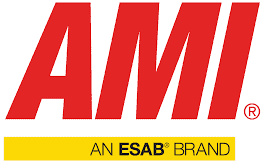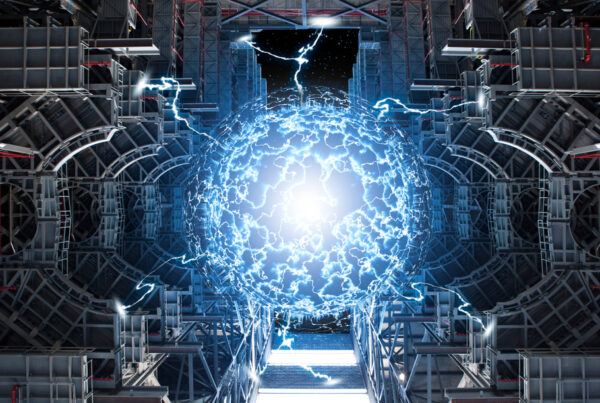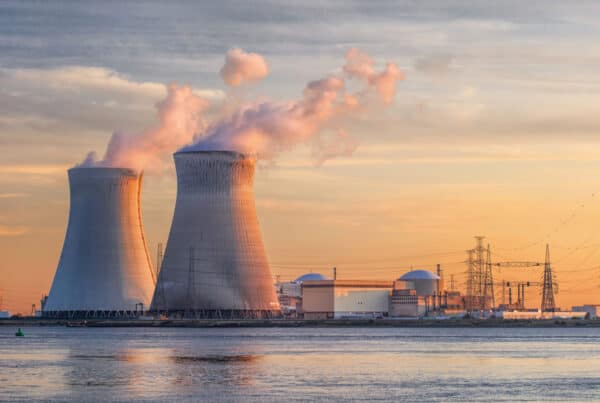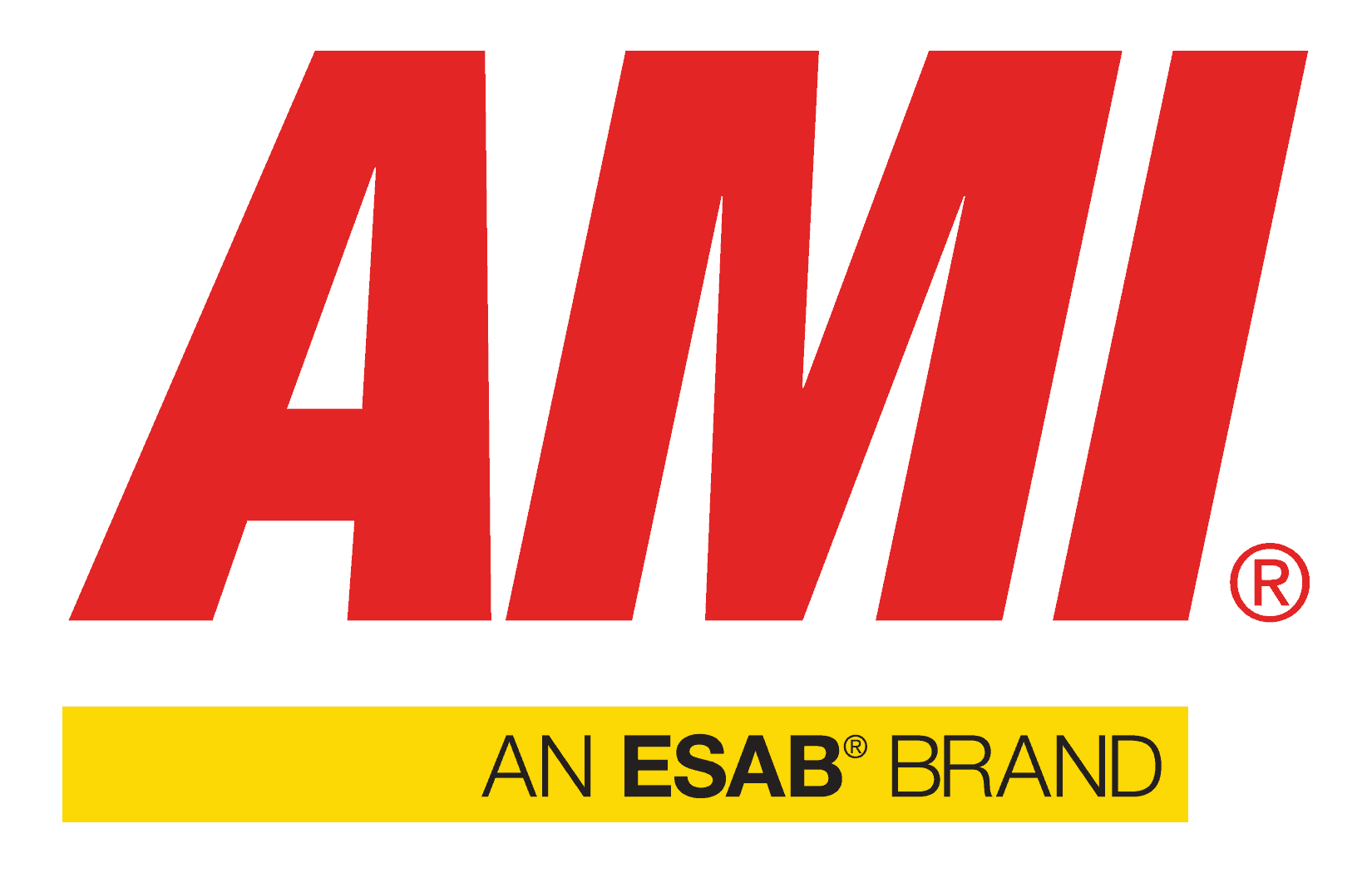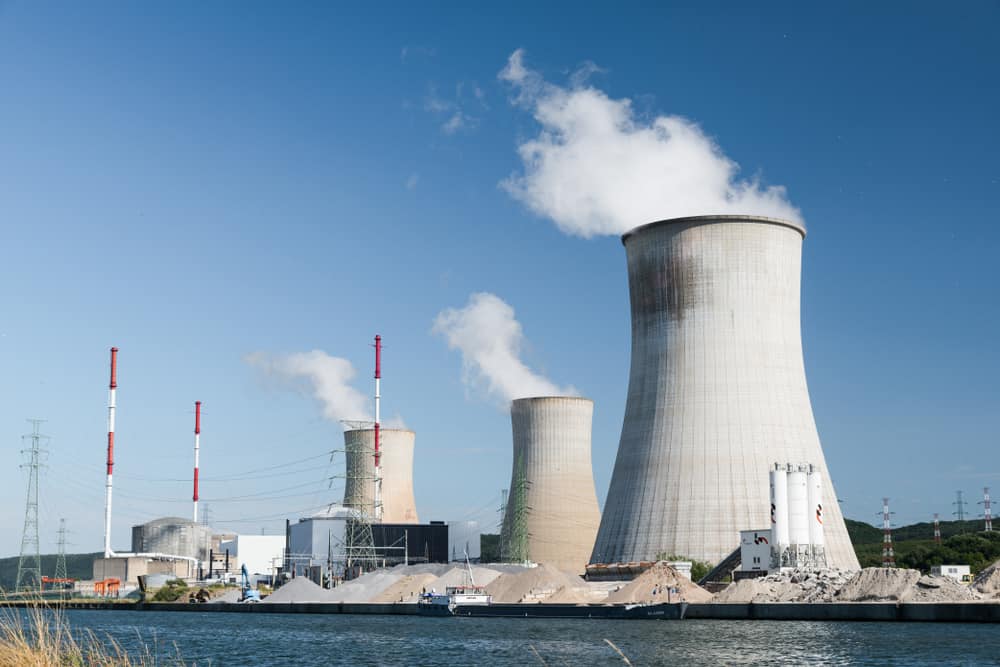
Increasing demand for action on climate change has made clean energy a top priority worldwide. As the call for renewables like solar and wind energy have increased, interest in nuclear power has undergone a renaissance and is beginning to be considered part of a comprehensive solution. This has prompted many to ask, “What is the future of nuclear energy?” Nuclear power plants—traditionally designed to offer 25 to 40 years of service life—only account for about 10% of global electricity, and many of these plants are reaching the end of their service life.
Fortunately, new designs and technologies for reactors have begun to simplify nuclear power generation. They offer the promise of modular design and improved safety while simplifying expensive deployments and refurbishment. Answering the question, “What is the future of nuclear energy?” isn’t easy, though. However, automated welding technologies like orbital welding can benefit upcoming nuclear power projects focused on refurbishing existing plants or deploying new modular reactors.
What Is the Future of Nuclear Energy? Smaller, Less Expensive, and Safer Reactors
New and advanced reactor technologies are expanding global nuclear power usage while making it safer and more accessible. Small Modular Reactors (SMRs) aim to increase the safety margins with small reactors that can be more easily shielded while in operation. Refueling and refurbishment can also be undertaken in smaller, better contained environments to further enhance safety margins. As a result, demand for small and medium nuclear reactors is growing.
Small Modular Reactor
Small modular reactors (SMR) are typically designed to produce an electrical power output of up to 300MWe. These modular reactors are conveniently designed and fabricated on the factory floor and later installed onsite. When their load of fuel is exhausted they can be removed intact and refueled in dedicated facilities. The same is true when they are decommissioned. The ability to do many required processes while keeping the fuel contained within the reactor vessel enhances the safety of these units.
Additionally, their smaller size and capacity provide these reactors with another advantage. In case of malfunction, passive safety systems can engage to control the event without manual intervention. These design and functionality features enable countries with less nuclear power experience to focus on smaller grids while maintaining the fabrication quality obtained through modularity. Compared to the design and construction of conventional fission reactors, SMR construction offers a more economical and efficient alternative.
Most current SMR designs are reduced scale Boiling Water Reactors (BWR) or Pressurized Water Reactors (PWR). However, they also include plans for next generation molten salt reactors, or thorium-fueled reactors. Thorium reactors are often conflated with MSR. The one working MSR deployed at Oak Ridge National Laboratory, the Molten Salt Reactor Experiment (MSRE), was a testbed for a proposed thorium reactor. Thorium could hypothetically be used in a wide range of reactor types.
Molten Salt Reactor
The molten salt reactor (MSR) typically uses a molten fluoride salt mixture as the primary coolant in the nuclear reactor. These reactors offer enhanced safety and convenience compared to conventional reactors.
- Instead of containing the gasses emitted during fission, MSRs redirect the gasses to be absorbed into the molten salt.
- In the case of an emergency, fuel can be drained from the core to prevent hazardous explosions.
Because these reactors do not require fuel rods and can operate at high temperatures, power generation efficiency can be maintained by dialing down the size and expenses incurred during the fabrication of the reactor. The prototype MSRE operated at Oakridge did so with exceptional safety. It was effectively a turnkey nuclear power plant that only encountered issues related to its twenty-plus years of storage without proper decommissioning—an enviable safety record for any system ignored for decades.
Thorium Reactor
The thorium-fueled reactor has also become a point of interest because of its advantages over conventional uranium-fueled reactors. As a breeder reactor using a widely available nuclear fuel, this reactor type has been seen as an effective alternative capable of producing less nuclear waste for long-term energy production. The thorium fuel cycle can be implemented in a range of reactor types, including common boiling water reactors (BWRs) or pressurized water reactors (PWRs) already in wide use.
However, most of the focus is on next-generation technologies like MSRs or fast neutron reactor (FNRs). These reactors can have somewhat extreme operating environments that can present engineering and fabrication challenges. This process can be slow, and the extensive engineering and fabrication may increase the costs of deployment.
Extreme operating conditions, like the salt of the MSR or the high neutron environment of an FNR, are challenging. Potential corrosion risks arise due to the chemical composition of the hot salts that can undergo nuclear transmutation from neutron radiation damaging the reactor’s components. The neutrons can damage steels and stainless steels. This can be mitigated through material choice though.
The MSRE used hastelloy to great success. However, this is a difficult to fabricate alloys in addition to being a high strength alloy. Hastelloy is an alloy which is notoriously difficult to obtain reliable results from processes like welding. Nevertheless, the fabricated component may be prone to high-temperature or pressure-induced failure so substitution of lower strength materials is not an option. Orbital welding provides a solution for the next generation of reactors that may be the future of nuclear energy.
Embracing Automated Welding To Develop Modern Nuclear Reactors
While the global response to the question, “What is the future of nuclear energy?” seems to look favorably on building and deploying these new nuclear reactor types, concerns about quality and safety assurance remain. Although strict standards are in place, meeting them can be difficult during fabrication phases like welding. To make sure welds meet the extreme temperature and pressure requirements while ensuring safety and cost-efficiency, the nuclear industry can leverage the benefits of automated welding systems such as orbital welding.
The future of nuclear energy involves the fabrication of components that include pressure vessels, pipes, steam generators, storage tanks, and more. Along with the chosen material, nuclear reactor type and welding practice will significantly influence the mechanical strength of the weld joint. Additional challenges like corrosion and embrittlement resulting from chemical reactions or incompatible welding also persist. Automated orbital welding can play a critical role in addressing these challenges. Orbital welding facilitates:
- Welding of materials including stainless steel or titanium that are widely used in nuclear plant components.
- Control and optimization of weld parameters to ensure high-spec welding with remote weld monitoring capability.
- Safety and protection of operators from harmful radiation.
- Elimination of weld errors that can result in defects like cracking, corrosion, or embrittlement in critical joints.
AMI provides a wide range of nuclear welding and monitoring options, including custom weld heads such as Model 34, to improve weld control and precision for nuclear welding applications through orbital welding. With heightened speed, precision, and control, automated welding processes can help us achieve a safe and cost-effective future for nuclear energy
Arc Machines, Inc., an industry leader in high-tech nuclear welding solutions, provides advanced orbital weld heads and welding machines to help you build the future of nuclear energy. Contact us to arrange a meeting.
